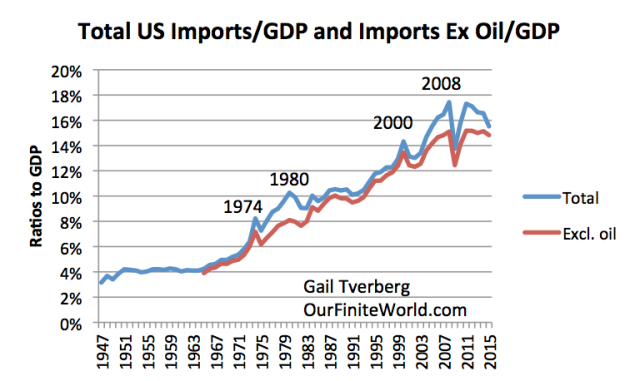It’ll devastate China’s economy and reverberate around the world
Only a handful of countries have a higher savings rate than the Chinese do. For a still relatively poor emerging country with GDP per capita about a fifth of that in the U.S., the Chinese get an A+ in this area.
But if diversification and asset allocation are the key to preserving wealth, then the Chinese get an F!
The reason: 75% of their wealth is in real estate. They’ve overinvested in one illiquid and bubbly asset that they wrongly believe can only go higher. Relative to income, China has seven of the 10 most expensive cities in the world.
In other words, it has the greatest real estate bubble in modern history!
Price to income ratios in the top cities are off the charts. Beijing is 33.5 times income, Shanghai is 30.2 and Shenzhen is 30.0. The average condo in such tier I cities is only 650 square feet and would go for $460 per square foot, or $300,000. In a tier II city, we’re talking $100,000.
That may not sound like a lot, but the average Chinese are only making about $10,000 per year! That begs the question: how do they even do it on their incomes!?
Wade Shepard went after this question in a recent Forbes article. In China, owning your home is paramount. If you’re a man, you have zero chance of getting a date if you don’t. But with home prices running at exorbitant rates, what are their chances?
It all comes back to China’s phenomenally high savings rate. Compared with about 2% in the U.S., the Chinese on average save about 30% of their income. And for the most affluent, it’s more than double that!
…click on the above link to read the rest of the article…


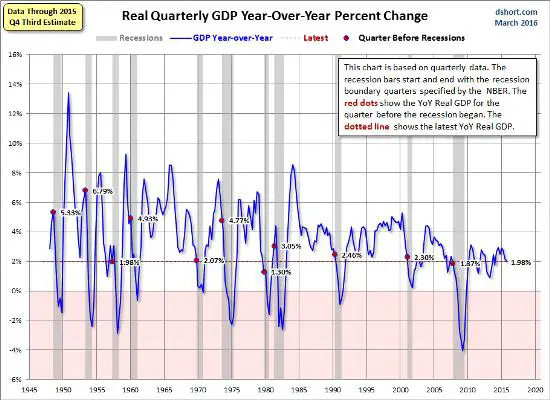




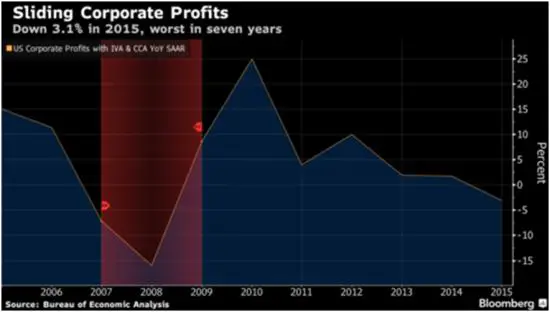
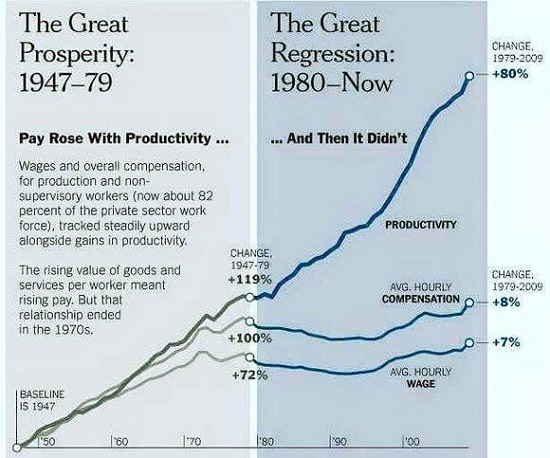
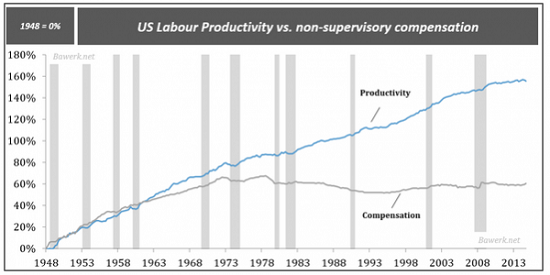
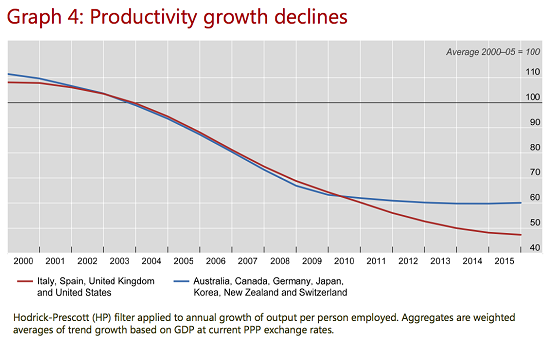
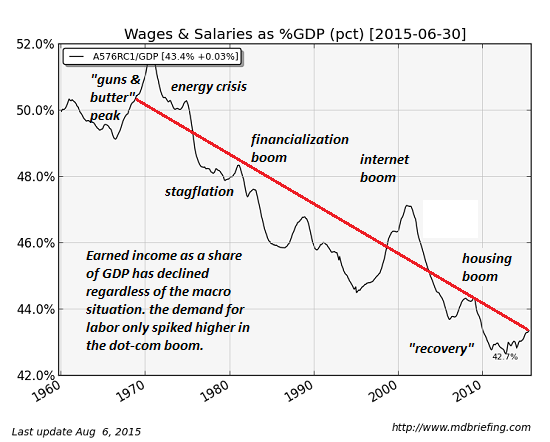


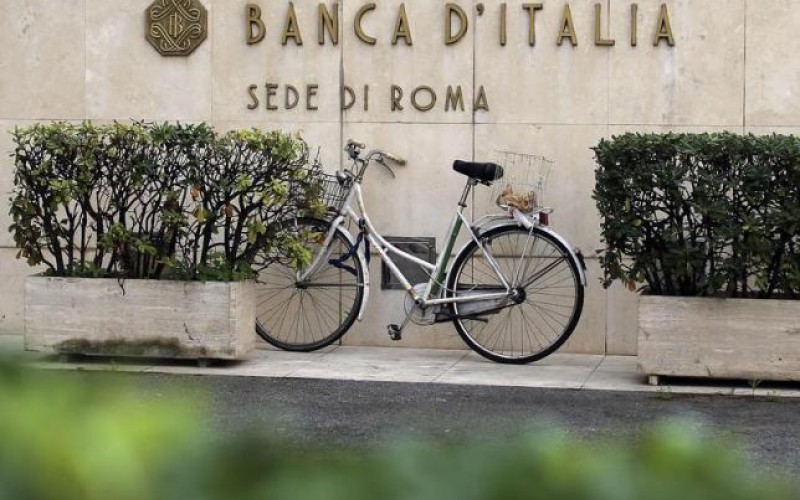

 Unexpectedly rising from the crypt: Alan Greenspan Photo credit: AP
Unexpectedly rising from the crypt: Alan Greenspan Photo credit: AP An enticing lure…. Cartoon by
An enticing lure…. Cartoon by 

